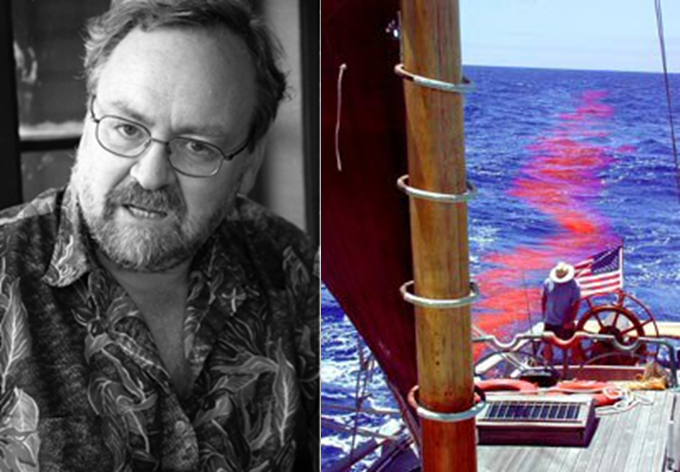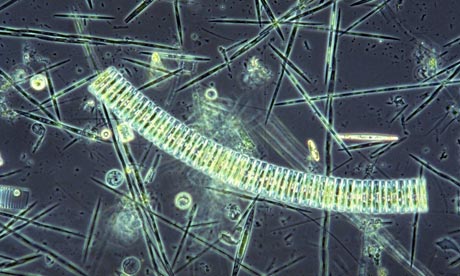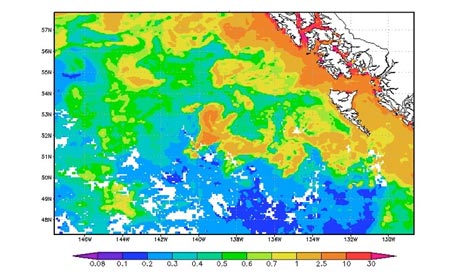In my most recent posting on megacities I briefly touched on the impact of particulate matter on climate leading to smog, mist and cloud cover over cities. Through the pollutants coming from burning gasoline, diesel, coal, and other fossil fuels we humans were creating a giant geoengineering experiment that resulted in lower air temperatures over cities. We started to reverse that, however, when we began cleaning up air over cities by reducing particulate matter and noxious gas emissions, a second geoengineering experiment that has led to clearer skies and increases in the heat island effect observed in cities because of increased solar radiation. There have been benefits to this second geoengineering experiment such as decreases in respiratory and cardiovascular illness particularly among the young and frail elderly. But what we have been doing in our attempt to counter the impact of our industrial technology, is in fact geoengineering, which takes me to the story that appeared in newspapers throughout the world this week.
“Dumping Iron in the Ocean Violates UN Agreements”
Headlines similar to the one above appeared in newspapers throughout the world. The articles spoke of violations of United Nations’ agreements, of a rogue engineer experimenting on the living ocean without consultation, of the violation of Canadian sovereignty. Why?
An American businessman, Russ George (seen below), dumped 100 tons of iron sulphate in the Pacific Ocean off the British Columbia coast in July. Apparently he did this without the knowledge and consent of the Canadian government. The end result was an algae bloom covering more than 10,000 square kilometers (3,861 square miles) of ocean surface, an area twice the size of the state of Delaware.

Geoengineering the Ocean to Reduce Carbon in the Atmosphere
Iron and lime ocean fertilization have been proposed as a way of dealing with atmospheric carbon dioxide. The idea behind lime has been looked at by an open source organization, Cquestrate, set up a few years ago to carry out an experiment similar to that which happened this past July with iron. But to-date know liming of the ocean has happened although lime was experimentally applied to lakes back in the latter part of the 20th century to counter the impact of acid rain.
So what is the big deal? There may be unintended consequences to Mr. George’s experiment. Oceanographers point out that it is impossible to know the long term impact of iron or lime seeding activities. They have expressed concerns such as:
- Deep ocean oxygen depletion caused by the dying algae blooms, a phenomenon recorded in near surface water when plankton die offs occur
- Toxic blooms as the algae produces unforeseen chemicals that act like red tides
- Undetected changes to biodiversity in the deep ocean

Apparently Mr. George convinced the chiefs of the Haida nation living on the islands of Haida Gwaii, off British Columbia’s West Coast, that his seeding experiment would benefit the local ocean to help restore salmon populations. It is reported that $1 million sealed the deal.
In an article that appeared in Nature in July of this year, and that was prominently listed on the Haida Salmon Restoration Corporation news site, the Haida espoused the theoretical benefits of iron seeding the ocean based on research from the European Iron Fertilization Experiment (EIFEX) conducted in 2004 on 167 square kilometers of ocean water in the Southern Hemisphere. That study was led by marine biologists at the Wegener Institute for Polar and Marine Research in Bremerhaven, Germany.
With the postings on the the Haida website it is hard to believe that the Canadian government was unaware of what Mr. George was doing. It would seem, therefore, that the subsequent uproar is a bit of a public relations effort to distance the government from any potential fallout.
Mr. George may be in violation of the United Nations’ convention on biological diversity and be prosecuted for illegal dumping in the open ocean, but no one in the United Nations or in the Canadian government can claim that his experiment caught them unaware. After all Mr. George has been advocating for iron seeding the ocean for a number of years through the company he has created.

















[…] the opening act. Back in 2012 an American businessman, Russ George, tried his own unauthorized experiment off the British Columbia coast dumping 100 tons of iron sulphate into the ocean and producing an […]